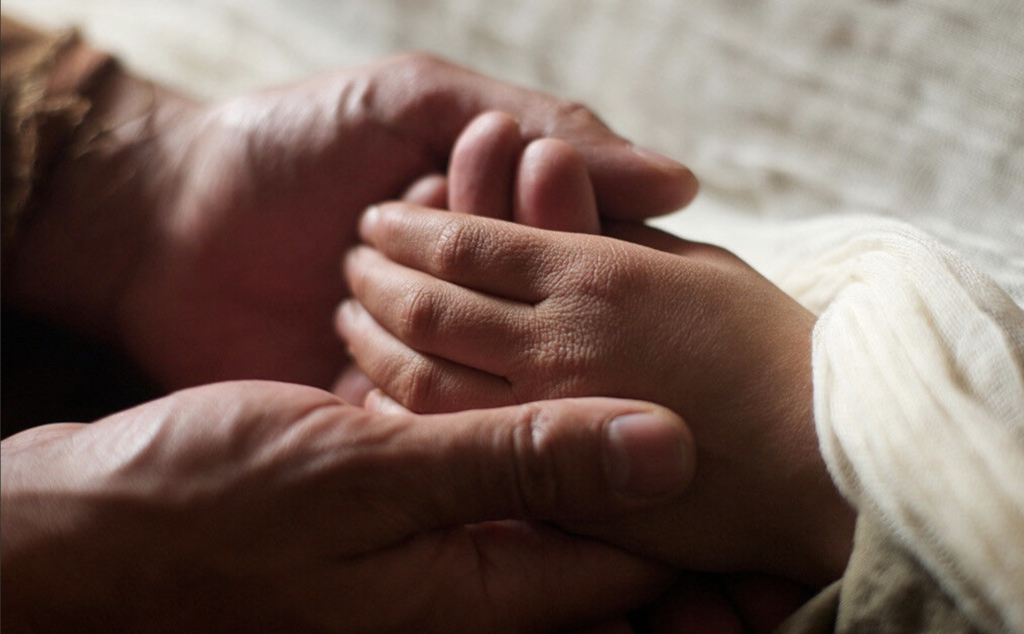
The Sunday coming up is Conference Sunday, the day that Conference seeks to ordain those who they have discerned a calling to ministry. This year the Conference will vote upon the whether we should consider Marriage for all and Cohabitation, whether we can marry those of same sex, but also can we welcome those who wish to celebrate a loving relationship but don’t wish to formally marry? Then again, there are those who are of different sex but do not wish to be formally married but live together. Is their love any different to those of same sex? Where is the barrier today?

Many, including those of wise of age, may wish to live together with God’s blessing. Those whom have lost loved ones over the years, but have now re-found love and solace with each other; however, do not wish to commit to formal marriage. This cohabitation was, in the past, deemed to be publicly inexcusable…but now? We might struggle with this. It seems to speak of those who are seeking to be part of ‘normal’ society. In our past we may have considered it ‘normal’ for someone to be married, here we are widening the doors, allowing more to feel as one, included.
I wonder how people may have felt in the past, capable of loving another but not permitted, not allowed. They were marginalised, separated, a bit Covid.
Twelve years of bleeding
In the passage Mark 5: 25-34 we read of a woman who has been bleeding for 12 years. We may fixate on the medical issue as we might do with every healing in the Bible. Might I ask that we don’t in this case. Yes she is healed but that isn’t the point being made here.
She is struggling to find hope, struggling to get by and is not permitted to join in with so many things: due to her being a woman, but critically due to her bleeding – an aspect that denied her inclusion in society. Known as Niddah, she would have been unable to attend a Church for all of that time, as that was guarded by ritual purity. The penalty of doing so was exclusion. The word Niddah has its roots in ‘to make distant’. Although closely related to menstruation, any bodily bleeding was the very opposite to holiness.
Can I hold her?
Even touching another woman in such a state, or even where she had sat or lay, would mean contamination, and a period of complete isolation. I also wonder how she must have felt unable, unwilling, to even talk about this with others. A conversation is with two or more people, so if she was uncomfortable, how might we allow that conversation to take place, to offer that space for others to be vulnerable?
She is also poor, having suffered under physicians of the time – she is doubly afflicted – unable to attend the basic customs of Jewish life, and poor to medical treatment – who will stand up for her? Where is the barrier today?
The woman is at the end of her tether. She needs help and is desperate for that solution. The woman sees this Jesus, whom she may have heard of as she listened to other conversations. She doesn’t follow convention – nor the 6 foot rule of today – and touches the robes of Jesus.

What’s not to like about tassels?
It was well known that to touch the tassels of the Rabbi, a learned Jewish teacher, could offer healing: the power flowing through the tassels. Jesus wasn’t a declared rabbi in the formal ways, moreover Rabbi’s weren’t part of Jewish life until after the destruction of the Second Temple.
These tassels happen to be a key part contained in the Book of Numbers, within the Torah. Through understanding of Numbers 15:38-39a Jewish customs had developed to the point where religious leaders primarily wore prayer shawls with one tassel on all four corners. Each tassel had a blue cord woven into it. Since Jesus played the role of a Rabbi in Israel, we would expect him to wear a similar prayer shawl with four tassels. The woman would have seen this and new of such an opportunity to be healed.
Mosh Pit
Have you been to a concert – and by that I mean a pop festival? I have to say, in my case, No. One of our children has described the Mosh Pit – others can explain afterwards if you’d like in the comments section – where you are so close to the singer and band. You can reach out and possible touch them.

The woman in our story reaches out. Not as in the pop concerts of today to grab a souvenir, to just touch their idol, but of God’s power. It was far more than temporary feeling of wow – this was restoration, this was being able to be part of society. All those years, those long 12 years of isolation, punishment, probably lacking money and a living, could now be eradicated if God could act. Where is the barrier today?
You see, it’s more than momentary exhilaration,
but a pivotal change in her life.
Jesus doesn’t give healing, doesn’t initiate any healing. No, Jesus is the bystander in this situation. Whereas in other stories we may read of Jesus giving sight to the blind, healing hands, healing paralytics, here the woman takes the initiative – and touches his robes. Is that allowed?
Instantly she feels cleansed. Internally she knows that she is restored. Just stop and think of what that might have felt like – those years – and in a moment – healed, importantly restored. But recall it isn’t just the physical healing it is being part of society, as one, included.
What has faith got to do with it?
Note also one particular line of the passage (Mark 5: 34) : “Daughter, you took a risk of faith”….daughter? daughter? She is included, as part of the family? Is that the key point here?
In the split passage of Mark 5: 21-24 & 5: 35-43, we find that Jairus is a leader of a synagogue. This must carry some privileges: possibly he was wealthy, he was male, people would listen to him.
We might wish to reflect on how much credence we give to men and leaders – purely on those grounds – and I say that as a male minister.
As Jesus disembarks from a boat, the crowd separates to allow the Synagogue leader to move through to greet Jesus. However, immediately this man falls to his knees and explains about his daughter’s ill health.
But he is soon told by friends that the daughter has already died. Trust me says Jesus. I wonder if we could see Jesus putting a hand on his shoulder, and giving it a squeeze. “I’m with you here”.

He visits the house with 3 others, the inner clan of Peter, James and John and immediately sees that an issue – she’s asleep. He removes the detractors, those there to gossip and spread ill content, and speaks directly to the family. “Little girl get up”, the translation of ‘Talitha koum’.
There’s no ‘our sins are forgiven’. It’s direct. They have a family again!
How old was the girl?
Twelve years old – the same number of years as the woman had been haemorrhaging. Jesus concludes by inviting the family to stop bouncing with joy and give the lass something to eat! She’s not a ghost but alive!
So the woman who was bleeding, struggling, had no one. She has mentioned her faith. Jairus is important, has status, and has faith. Both receive healing, restoration: one to society in terms of potential to be employed, to be included; the other as a family, restored from grief.
The woman ‘steals’ power (?) but suffers no rejection from Jesus, and is declared as a daughter, one who took a risk of faith. Jairus is encouraged to have more faith. Those whom scoff at the idea of the daughter as ‘sleeping’ are also removed.
The unclean woman, in touching Jesus, makes Jesus unclean. Jesus in touching supposedly a dead body also is made unclean. Where is the barrier today? for neither is a barrier to Jesus.
The social customs of today are reversed. Perhaps love of others can bring us against rules of yesteryear which need amending, reconsidering.
Twelve
I want to briefly return to the figure of twelve which appears to crop up. These stories are not merely tales of life but are metaphors of significance relating to the world then, and possibly now. Twelve, the 12 tribes of Israel, the Temple. What could that mean?
If the woman who had been suffering for twelve years, beyond any form of healing, could be restored and given life; if a girl of 12 years old, ‘near her last’ can be restored, given life: what of the Church of today?
Can we see beyond the rules which seem to dictate our lives and look towards love for others, all others, we might glimpse the tangible signs of God’s Kin_dom here today. Where are our barriers where we dare not tread? Who are the marginalised who seek to be included? As with those whom seek to be welcomed, due to their love for one another – perhaps different to how society has previously viewed that love, as acceptable – we might see, feel, know of God’s love so so more closely. May God grant us the courage to do so!”
As the family of Jairus, as the woman who was healed, restored, let us seek to reflect on those whom wish to celebrate, those whom we might celebrate with this very week, perhaps even ourselves who desire that celebration in our lives. Note: there are no barriers to that restoration.
What’s next?
Go, Go out from here, with fresh eyes and ears. The restrictions in Glasgow which have been in place for nigh on for 9 months have been lifted. The restrictions placed upon those whom can or are unable to marry, or live together, may well – with respect to the Methodist Church – have been lifted. Just as the woman and the daughter in our passage have found such release – may we seek that release in others, possibly even for ourselves. Think not so much about the healing but about restoration – inclusion within God’s kin_dom, released to live life in all of its abundance.
